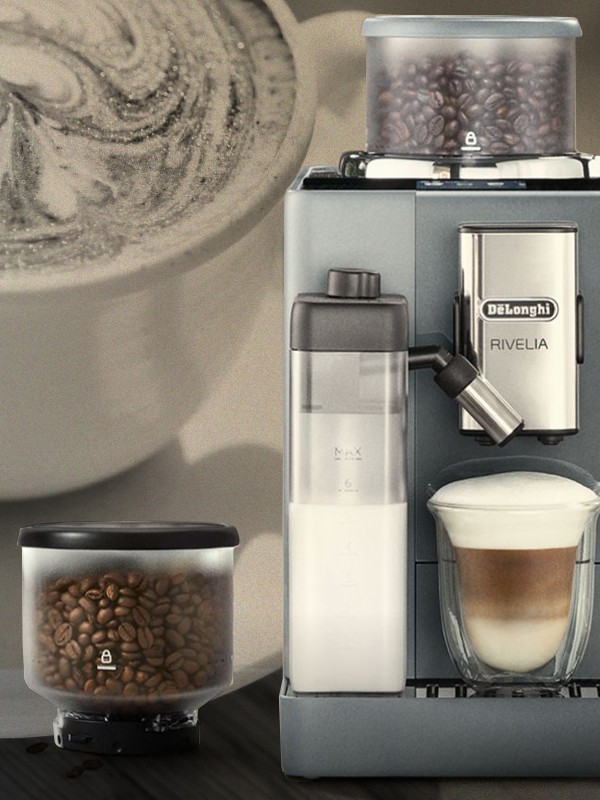9 Tips To Clean Silver & Brass
Set Up A Decent Workstation
Before you start examining, dismantling or cleaning silver or brass, it’s essential to check you’ve got a decent place to work. “Work on a padded surface, for example thin foam or cardboard covered with blotting paper, and at a table with good lighting,” explain the conservation experts from London’s Victoria & Albert (V&A) Museum. Also, take a second to check when the pieces were last cleaned, to ensure you’re not going to cause inadvertent damage. “Polishing uses abrasives, so every time tarnish forms and is polished away, part of the original surface is lost. Repeated polishing may eventually lead to the loss of decorative details, plating, chasing, filigree work or even hallmarks.” Finally, avoid using rubber gloves when washing silver, as rubber corrodes the metal, as does stainless steel, so avoid the sink and use a bowl instead. Finally, if using any kind of brushes for dusting, remember to tape over the ferrule (the metal band between hairs and handle) to protect against scratches.
Don’t Submerge Pieces In Water
When it comes to loosening dirt and grime, it can be tempting to submerge or soak pieces in water first. According to the experts, this might be one of the biggest mistakes to make. “Avoid immersing metal pieces in water,” explains the V&A conservation team. “Cast metal tends to be porous – there are often micro-voids in the surface that can trap water or other liquids – and some objects may have gaps in the solder which will also trap water. In the long term, water and other liquids may cause corrosion.”
Embrace Homemade Remedies
If you’re struggling to get your hands on the right professional products, it’s perfectly possible to whip up an effective solution at home using everyday ingredients. “To clean silver, mix water and baking soda in a bowl to create a paste, mixing well to ensure a thick paste consistency,” explains Lee Keet from cleaning service Vapor Clean. “Then, using a soft cloth, spread the paste over the silver liberally, ensuring you cover as much of the surface as possible. Once fully coated, use a small section of the cloth and apply pressure, rubbing the mixture over the surface until it reveals its original bright shine.” From there, once all the dark areas of the silver have disappeared, rinse the piece under a tap before using a clean cloth to remove any excess solution. Just be careful if the item is high value, adds the V&A. “Traditional, homemade remedies are a 'quick fix' – the opposite of conservation, which requires a slower, more cautious approach and regular progress checks,” they explain.
Avoid Ammonia
Ammonia, also known as ammonium hydroxide, can cause irreversible damage to bronze or brass given its extremely porous nature. “In some cases, ammonia may leave the surface with an undesirable pink hue,” explains the V&A conservationists. “Surfaces newly cleaned with ammonia tend to tarnish rapidly and soon lose their brightness. The risks associated with the use of ammonia far outweigh potential benefits for cleaning.” Instead, says Lee, you can use an easy homemade solution. “First, squeeze lemon juice directly onto a clean sponge, then sprinkle a fine grain salt over the top of the lemon and rub over the brass swiftly, ensuring to cover the full area. Once fully coated, apply some pressure and rub until a bright shine is restored. Once you’re happy, rinse the item under the tap and dry off with a clean cloth.”
Treat Antique & Modern Pieces Differently
Contemporary pieces of brass are usually lacquered with a clear finish to prevent oxidation, which means the cleaning process is relatively simple. Dust, then dip a soft cotton cloth into a mixture of mild washing-up liquid and lukewarm water. Wring it out so it’s slightly damp, and gently wipe the brass surface clean. Remove any remaining soap with the cloth, then dry the piece thoroughly. For older brass pieces, it might be necessary to remove deep-seated tarnish. “Dissolve a teaspoon of salt into a half cup of vinegar and add flour until the mixture becomes a paste,” explains Melanie Whitehouse from Saga. “Rub gently into the brass, leave for about ten minutes, then rinse with warm water and buff dry.”
Take Care When Dismantling
According to the V&A, it’s important to take care if you’re forced to dismantle silver or brass object before cleaning. “Metal objects are often constructed in several parts that are screwed or bolted together. Occasionally it is better to remove parts, for example wooden knobs from a metal object, before cleaning,” they explain. “However, dismantling can be problematic. Some metal items are assembled under tension, so when a screw is removed the pieces spring apart and are difficult to reassemble. If you decide to dismantle, make a note of where each part comes from. You may need to label each component, and use a drawing or photo of the object to identify [them].”
Apply Some Extra Protection
Amino acids (which are most commonly found in our perspiration) accelerate the rate of tarnish, as does close contact with some cosmetics, perfumes and body lotions. “Once you’re finished cleaning your pieces, protect brass from tarnishing by applying a lacquered finish with a small paintbrush,” explains Melanie. “Only apply a thin layer – you don’t want drip marks or streaks – and allow it to dry thoroughly before touching. Use a clean cloth to shine it up. Lacquer can always be removed at a later stage with hot water or varnish remover.” As for silver, some experts suggest rubbing pieces clean with hair conditioner to prevent tarnish from building up as quickly.
Get Into A Routine
“Regular routine cleaning should be carried out by simply dusting and polishing with a microfibre cloth,” explains Lee. “Polish is not good for silver and can cause the precious metal to taint over time. So stick to routine cleaning of silver items and then make time to deep clean them occasionally.” Also, remember to keep an eye out for cracks or splinters which might indicate the need for a professional repair – if items are being check over regularly, the sooner you catch a problem the more likely it is the damage won’t become permanent.
Check Your Storage
When it comes to storing these items effectively, it largely depends on how often you’re using them. “Keep silver cutlery and utensils shiny by placing a few sticks of chalk in the drawer or chest where you store it. The chalk absorbs moisture, preventing tarnish,” explains Melanie. As for antique items or objects you plan to put into long-term storage, make sure to wrap them in acid-free tissue paper or a flannel, and be careful to keep them away from other pieces. “Store them in tarnish-inhibiting bags in a dry place,” advise the V&A experts. “And avoid wrapping them newspaper or securing with rubber bands.”
DISCLAIMER: We endeavour to always credit the correct original source of every image we use. If you think a credit may be incorrect, please contact us at info@sheerluxe.com.






